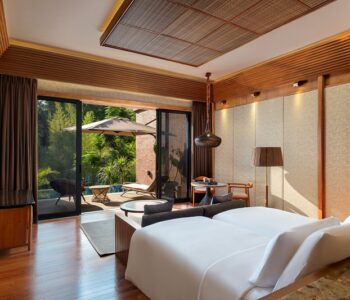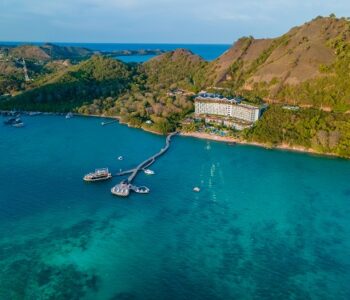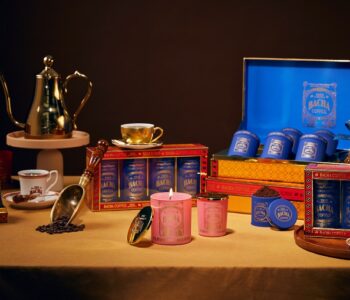
Within the landscape of Southeast Asian art, cultures and history intertwine. This union has created a diverse art scene that is also complex and bespoke to the region. Art Agenda stands as a bridge that connects cultures, art enthusiasts and artworks from post-war Southeast Asia.
Founded in 2016 by Wang Zineng, who has a deep passion for Southeast Asian art, began his journey after departing from Christie’s Singapore. With an extensive tenure leading the sales for the Southeast Asian art scene since 2011, Wang Zineng laid the foundation for Art Agenda supported by his keen eye for artistic brilliance and a deep-rooted passion for the region’s cultural heritage and history. Since then, Art Agenda has embarked on a mission that resonates with the essence of the Southeast Asian art scene.
What sets Art Agenda apart is its unique approach to the secondary market. They delve into post-war and modern Southeast Asian art where they facilitate transactions and orchestrate the placement of hundreds of artworks, transforming private collections and enriching public institutions. In the last couple of years, they have expanded their scope and work with contemporary artists, inviting them to participate in curated thematic exhibitions. This engagement with living artists and art of the now allows the art of the past to be reappraised.
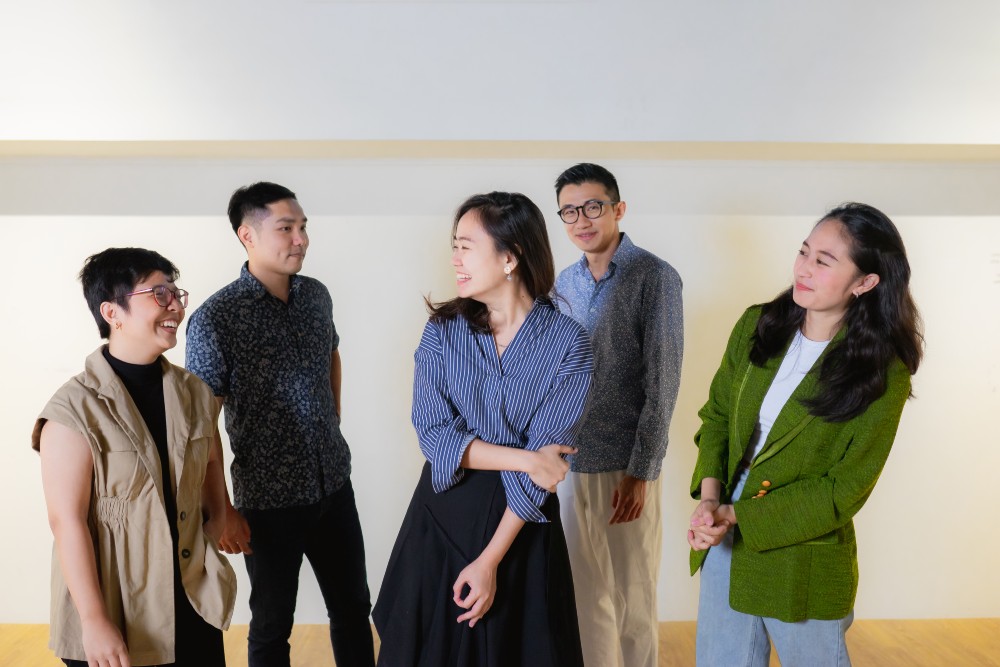
The main focus of Art Agenda is the artworks coming from the post-war era in Southeast Asia. As a region that is no stranger to devastation and struggle, enduring conflicts in the past from colonisation to civil wars has made the contemporary art scene in Southeast Asia synonymous with activism art. The notion of ‘art for the sake of art’ never really held reign in the region, art has always been a vehicle of struggle and protest. From Cheng Soo Pleng’s post-war art that reflected the journey of decolonization of Singapore to Affandi’s expressionism and abstract art focusing on the post-proclamation era in Indonesia, the early growth of the art scene in Southeast Asia captures beauty in resistance.
Art Agenda is committed to preserving these post-war artworks. In their eyes, art born between the late 1940s to the 1970s carries a legacy potential. It came from an era that gave birth to nations in the region, shaping the identity of hundreds of millions of people.
“Culture was central in articulating what nascent nations meant. In art, an exploration of identity took on higher stakes, not only for artists but for communities and whole nations as well”, their representative told us.
The gallery’s focus on this era signifies a dedication to preserving historically and artistically significant artworks, leaving a lasting legacy for future generations, this is affirmed by their statement; “Much of the most cherished works of art that now define Southeast Asian history and societies are from the post-war decades, these are the type of works that we cherish working on and define the legacy of our work by.”

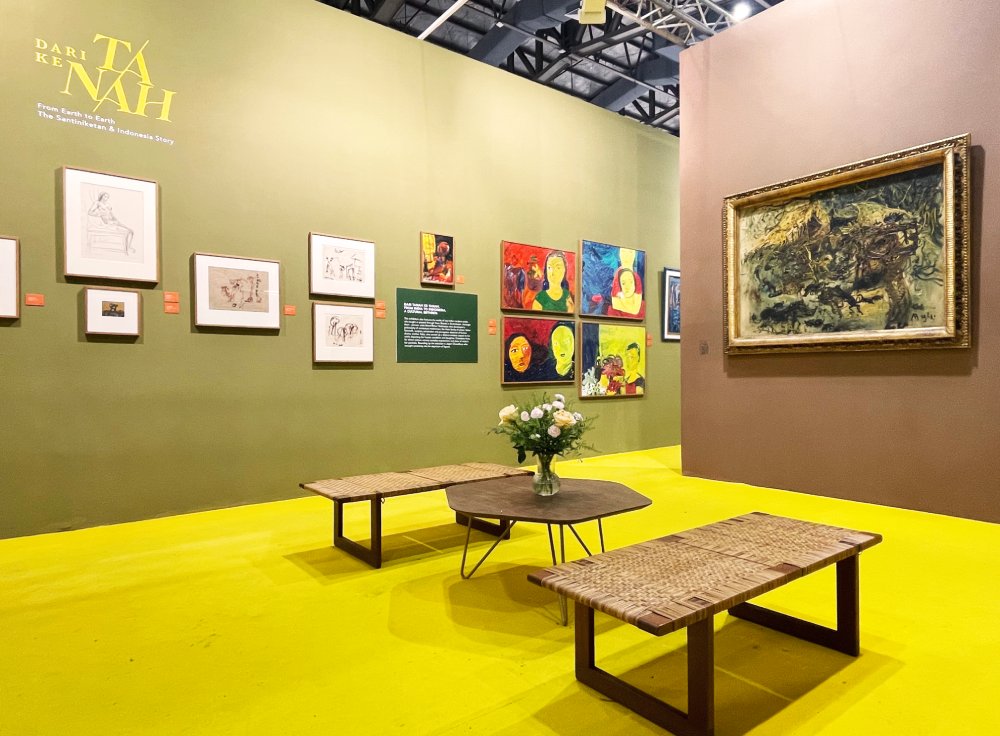

Since its inception, Art Agenda has aimed high, working with a wide range of clients within the Southeast Asian region and beyond to broker sales of art cutting across styles and periods. Since 2016, they have placed hundreds of artworks in the Asian 20th-century art category, reaching private collections and a few public institutions. The brokered artworks range from thousands to millions of dollars in price and come from art scenes and markets that vary in culture, history, and degree of development. From different areas that are equally proud of their regional identity, like Singapore which has always held a lifelong ambition to be the regional market hub, to the metropolises of Bangkok, Jakarta and Manila, where most art collectors have traditionally resided.
It is worth noting that at Art Agenda, the work goes further than just art transactions. Their art advisory and curatorial arms also serve as guiding lanterns for collections and enthusiasts alike, this is further explained by their representative; “We give advice on the shape and composition of art collections; what could be added or subtracted from an existing art collection; what constitutes value; what could be legacy objects; when is it a good time to get into a particular collecting category and so on and so forth. Essentially, we function as a sounding board for individuals who are thinking systematically regarding their art collections. In effect, our advisory arm looks principally at art collections and works with individuals.”
With their personalised advisory services, individuals are empowered to build art collections that reflect their personalities, passions and preferences. The curatorial team meticulously researches through documentation as well as archival sources, this allows them to present historically significant artworks, shedding light on artists, movements, and periods, enriching the viewer’s understanding of Southeast Asian art’s vibrant history.
The platform’s educational initiatives, including workshops and tailored programs, provide a comprehensive understanding of Southeast Asian art. Their programmes range from an introduction to art history and a comprehensive overview of the art scene in Southeast Asia to specific areas of interest such as appraisal workshops and in-depth exploration of renowned artists.
Art Agenda, Jakarta Branch
Wisma Geha, 4th Floor
Jalan Timor 25, Jakarta Pusat
+6281310668211
artagendasea.org



